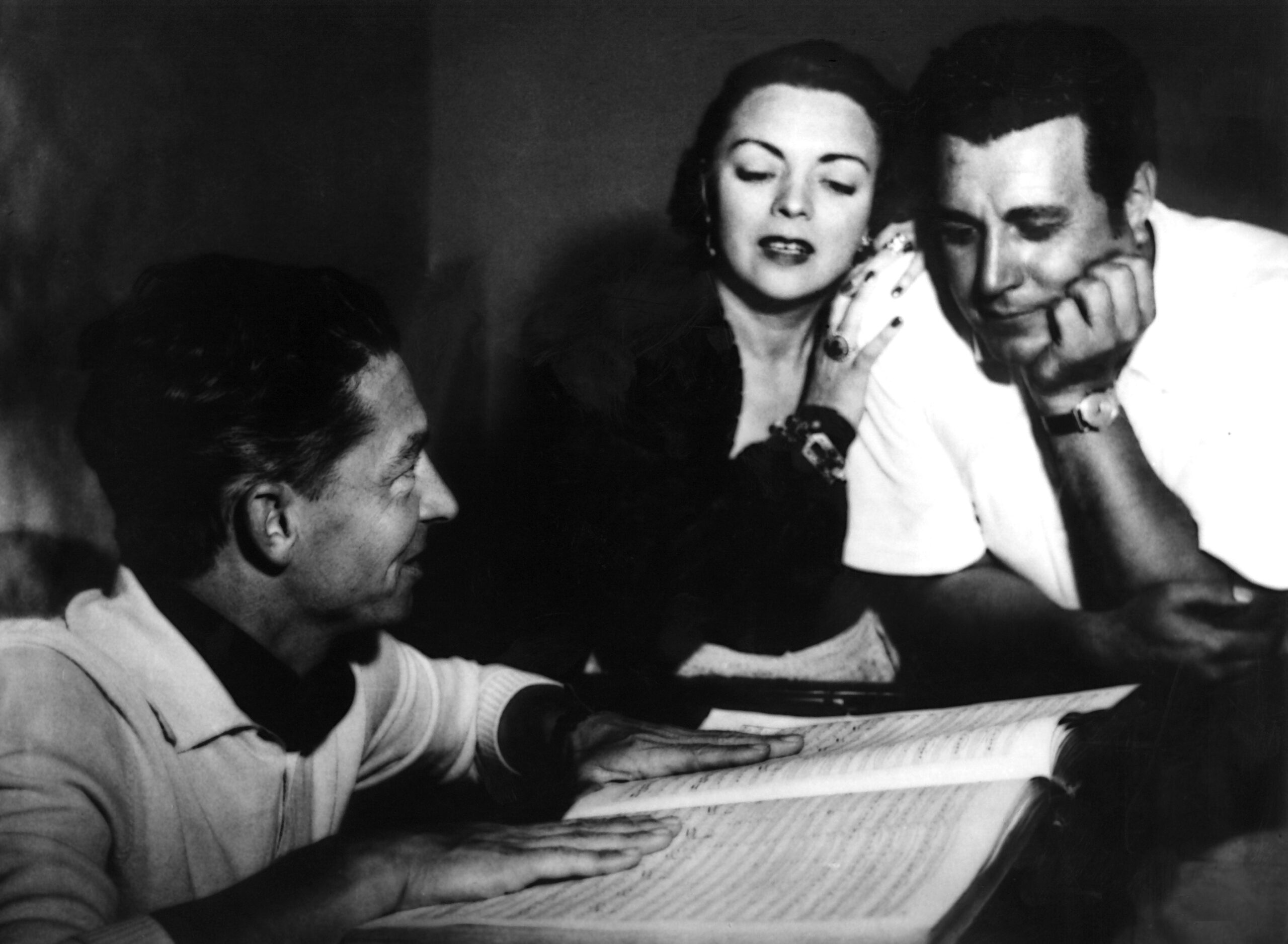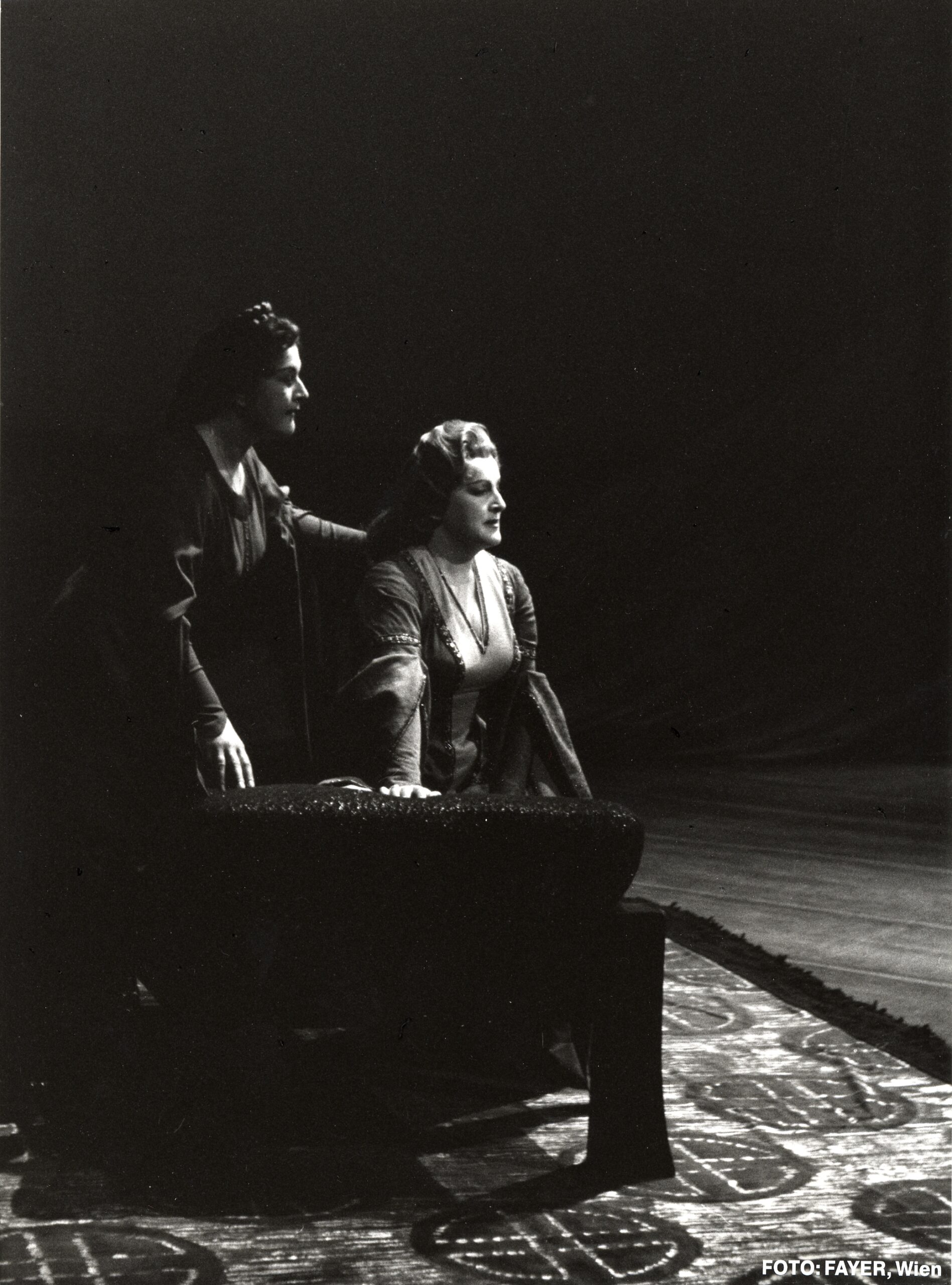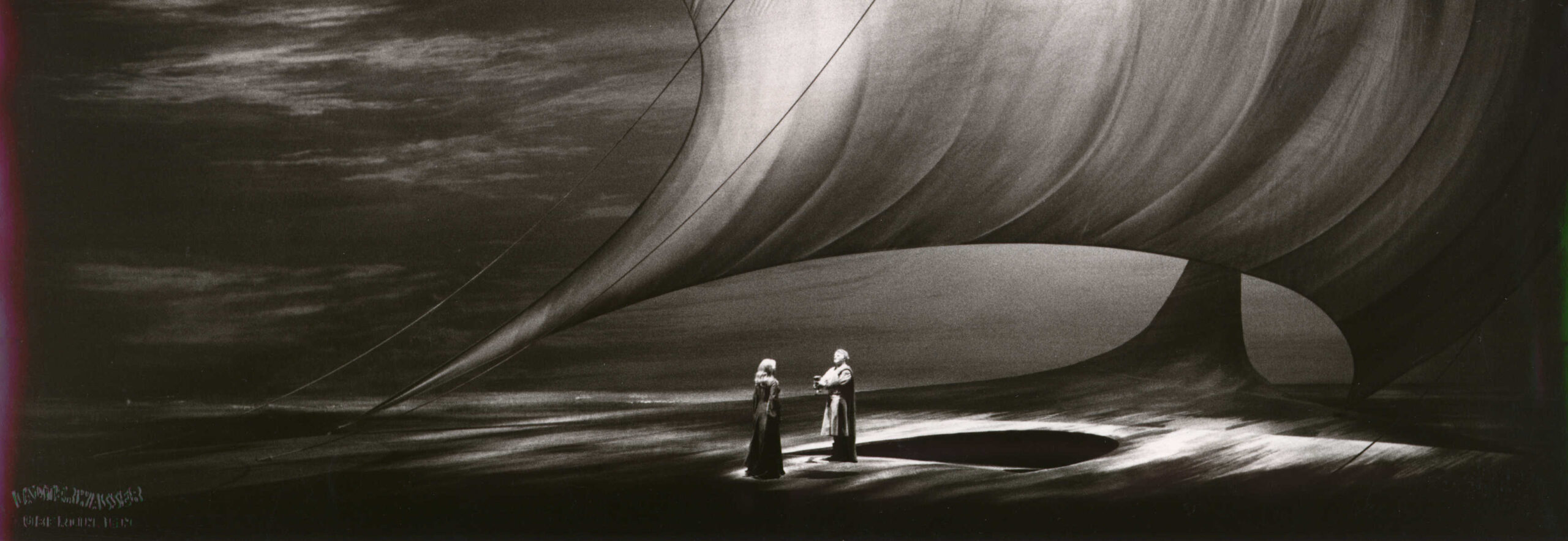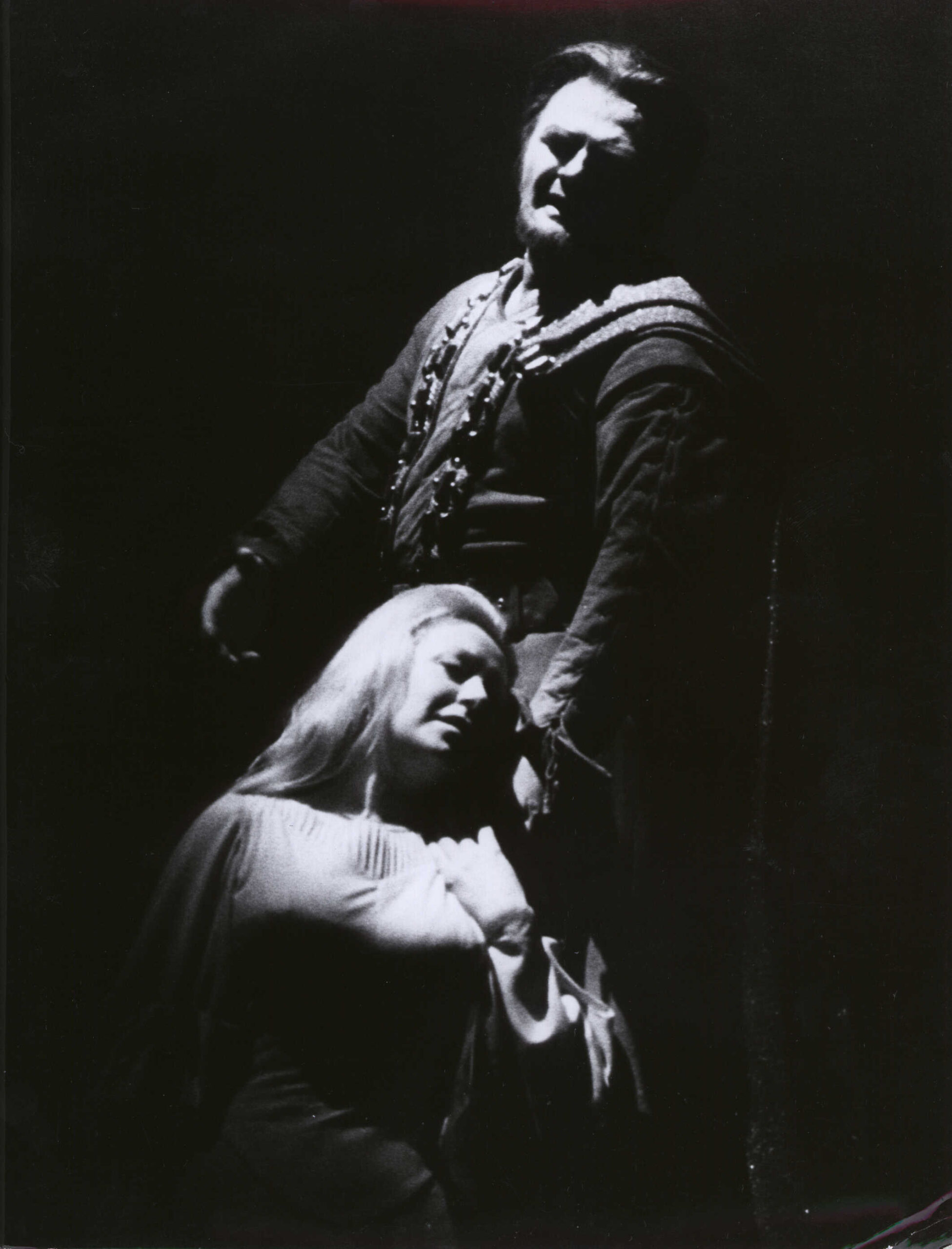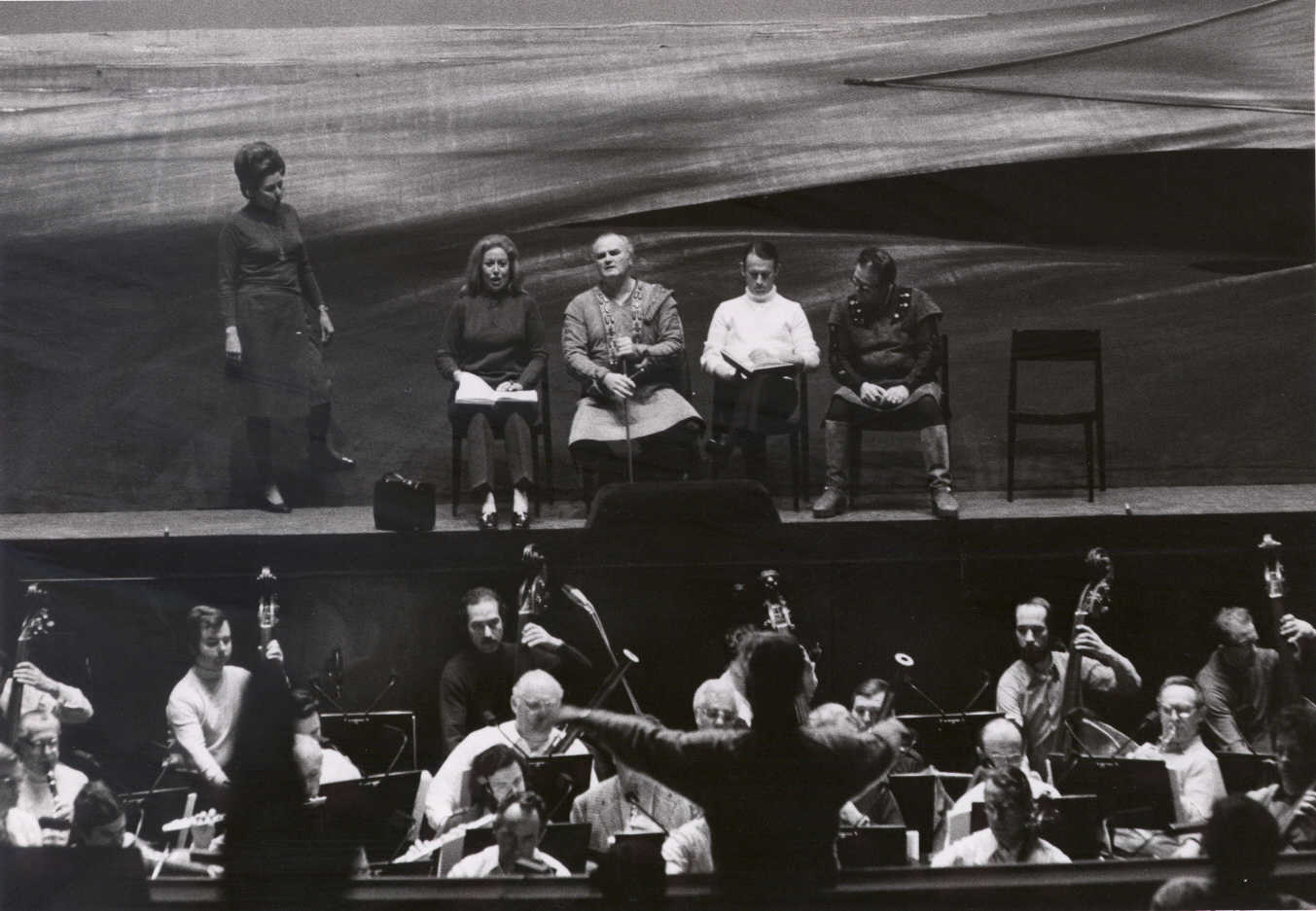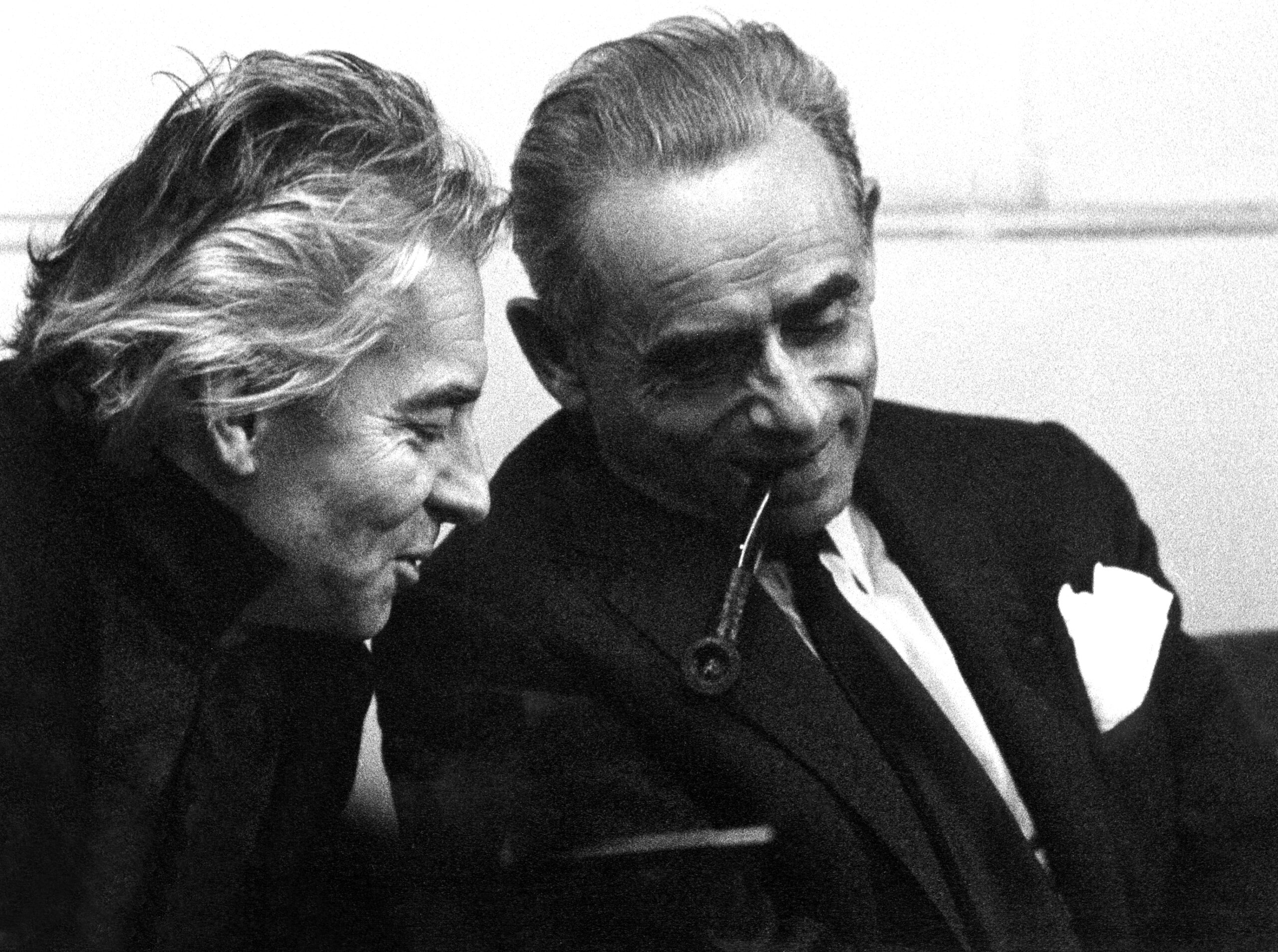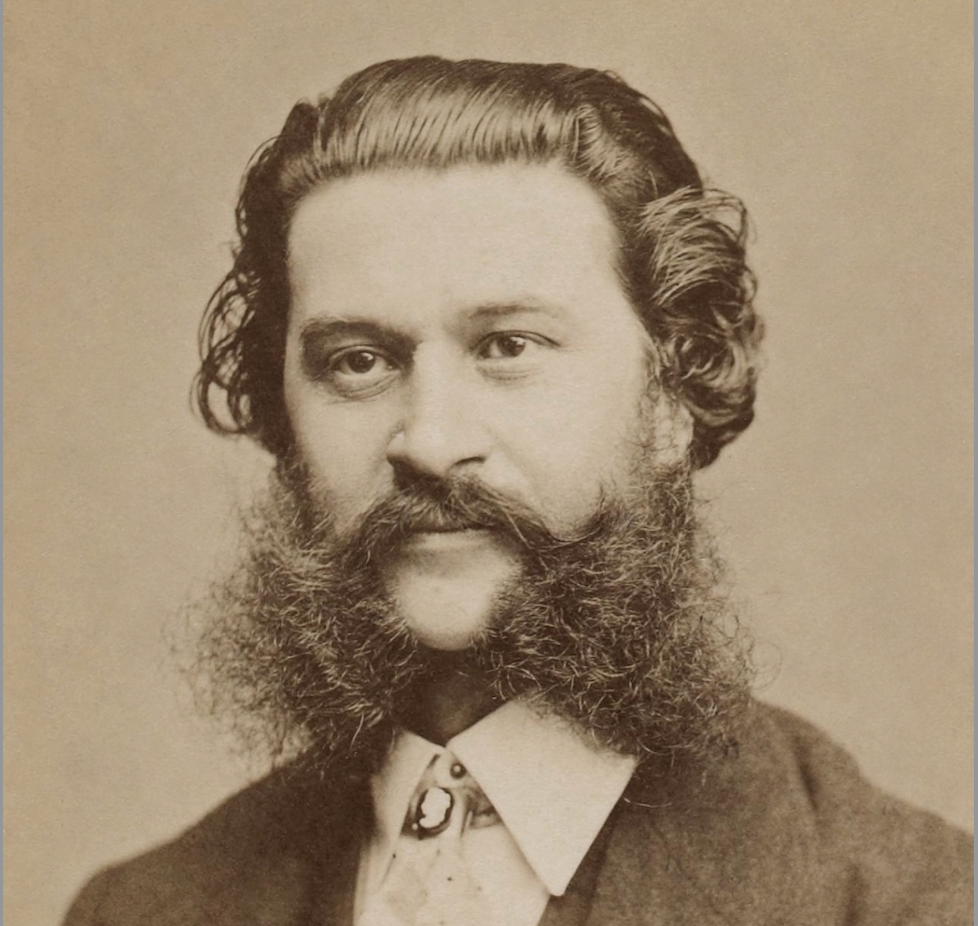22 June 2023
P.R. Jenkins
Spotlight Wagner: “Tristan und Isolde”
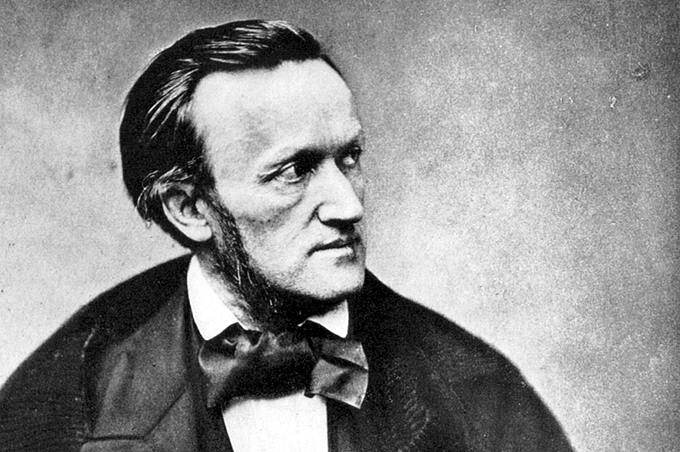
Richard Wagner’s “Tristan und Isolde” had a crucial bearing not only on the composer’s life and Karajan’s career but on the history of modern music.
There is hardly any other work that has been interpreted, quoted and copied as often as this benchmark in the history of opera. Originally planned by Wagner as a small and simple work, “Tristan” developed into an extraordinary difficult 4-hour opera which seemed unperformable for many years until its first performance in Munich in 1865.
“When I told Böhm that Karajan had offered me Isolde, he said: ‘He’s a criminal.’ And after a while: ‘With me you could do it.’ I found that rather amusing.”
Karajan conducted “Tristan” twice in Aachen and was then invited for a single performance to the Vienna State Opera on 1 June 1937, his debut at the theatre whose director he became 20 years later. Karajan was 29.
“I had been promised three rehearsals, but when I arrived in Vienna, I was met at the station by a functionary from the orchestra who said that a programme change had necessitated a reduction to just two rehearsals. I had three days of piano rehearsals – which is a story in itself. My Isolde [Anny Konetzni] was more interested in attending to her correspondence. Then another functionary appeared and said that the orchestra could now manage only one rehearsal. Naturally, as a young Kapellmeister from the provinces, I didn’t want to make too much of a fuss, so I agreed. Finally, some players come to me and said, ‘Look, there’s nothing we can achieve in just one rehearsal. Give up that rehearsal and, we promise, we’ll play for you on the night as though you were Mahler himself.”
That’s what Karajan recalled many years later. The orchestra was true to its word. Otto Strasser, violinist and manager of the Vienna Philharmonic, recalled: “You know, that first performance really impressed us. He conducted it more less by heart, even though he had the score lying in front of him. From the beginning he was the Karajan we would all come to know and admire. Incredible security and dynamism, and all without rehearsal!”
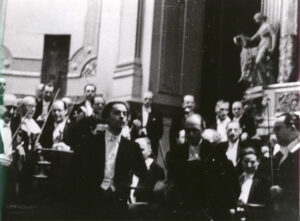
In 1938, Karajan caused a sensation when he conducted “Tristan” for the first time at the Berlin State Opera. “The audience, the press, and, most significantly of all perhaps, many fellow musicians declared it to be something of a red-letter day in the affairs of the Berlin State Opera. But what of the reviews, and one review in particular? Some weeks earlier, Edwin von der Nüll … had written a hugely laudatory piece on Furtwängler… Now he sat up late into the night writing a not dissimilar piece on Karajan… The review, whose repercussions would go on sounding down the years, … read as follows:
‘State Councillor Tietjen’s great coup – In the State Opera: The Karajan Miracle – ovations for the conductor of “Tristan” – Yesterday evening Herbert von Karajan, the 30-year-old General Music Director in Aachen, conducted his second performance as guest of the State Opera. He had a success with Wagner’s demanding work “Tristan und Isolde” that sets him alongside Furtwängler and de Sabata, the greatest opera conductors in Germany at the present time.’
After hearing Karajan conduct “Tristan und Isolde” in Berlin a few months later, de Sabata himself would remark to the young Gottfried von Einem, ‘At last, we have in our midst another great conductor.’ (Richard Osborne)”
The “Karajan Miracle” was a phrase that stuck with Karajan for the rest of his life although he wasn’t always happy with it. It is no miracle (haha) that there are even two books with it in the title: “The Karajan Miracle” and “’I was no miracle!’ Herbert von Karajan – legend and truth”. Both books were written by the same author, Karl Löbl!
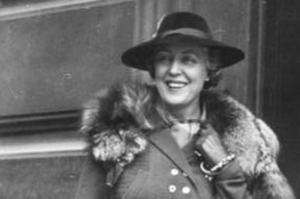
In the years up to the end of the war in 1945, Karajan conducted ten more “Tristan” performances with the Staatskapelle Berlin, two of them with the French soprano Germaine Lubin. Two years before, he had met her for the first time in Bayreuth when he heard her in a “Tristan” conducted by de Sabata. He recalled:
“She was gracious, noble, the most wonderful Isolde I have ever encountered, better than those endless German cannons who have sung the role.” Impressed by her performance, Karajan invited her for a day trip in his car. “I thought it would be a nice idea to show her some of the wonderful churches near Bayreuth. There are two in particular I thought she might like. She agreed to come and I took her first to the more brilliantly decorated one, not knowing that she was not only a very religious woman but also a girl who had been brought up in the strictest kind of convent – no heating, nothing for show. I can still remember proudly opening the door and seeing the look of complete horror on her face. ‘This is not a church,’ she said ‘It is a boudoir!’”
Having conducted a series of “Meistersinger” performances and a complete “Ring” in 1951, Karajan returned to Bayreuth in 1952 for five “Tristan” performances with Martha Mödl and Ramon Vinay.

“On the evening of 23 July 1952, Karajan conducted the opening night of Wieland Wagner’s new production of “Tristan und Isolde” in Bayreuth. It was, even by his standards, a supremely involving and well-directed account of the great score: ardent, lyrical, unerringly shaped from the first note to last. (Osborne)” Unfortunately, Karajan and Wieland Wagner couldn’t agree on another project. Karajan never came back to Bayreuth.
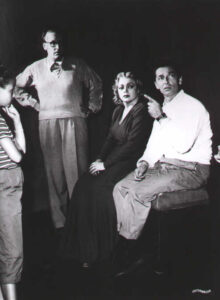
Karajan, Martha Mödl and Wieland Wagner
Between 1959 and 1963, Karajan – then managing director of the Vienna State Opera – conducted 12 “Tristan” performances there and at La Scala, all of them with Wolfgang Windgassen and either Birgit Nilsson or Martha Mödl. H.C. Robbins Landon wrote in Gramophone: “The great breakthrough was surely his production of ‘Tristan’ for the Vienna State Opera … Apart from the staging, Karajan’s reading of this music was, for me and many others, one of the great experiences of our lives.”
Joseph Wechsberg noted in autumn 1960: “There was also a performance of ‘Tristan und Isolde’ that should be remembered for a long time. I was reminded of the great ‘Tristan’ performances of the twenties when Richard Strauss gave incandescence to this score.”
Karajan’s last engagement with “Tristan” as a stage production was in 1972. As usual, he made a studio recording with his cast first and then rehearsed with them in Salzburg for the Easter Festival. Karajan had waited 16 years for Jon Vickers to take on the part of Tristan. Now he combined him with Helga Dernesch’s Isolde and Walter Berry, Christa Ludwig and Karl Ridderbusch in the other main parts.
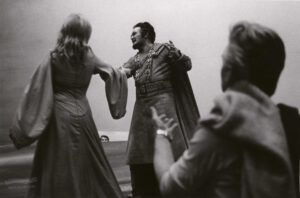
The production was repeated for two performances in 1973. That was the last time Karajan conducted the complete opera.
Although Karajan never conducted the complete opera again, two parts of it, “Vorspiel” and “Isoldes Liebestod”, were on the programme in one of Karajan’s famous last live recordings – the Salzburg Festival concert on 15 August 1987. The Wagner compilation with Jessye Norman singing “Liebestod” is a highlight of his late years and its popularity is comparable even to that of his New Year’s Concert in the same year. The unorthodox moments in this concert are familiar to every Karajan devotee: Karajan making his soloist simply listen to the Vienna Philharmonic for an entire rehearsal – Jessye Norman was “more amused than annoyed (Richard Osborne)” –, the tears in his eyes, the maestro kissing her hands after the concert etc. The programme was repeated on New Year’s Eve in Berlin with the Berlin Philharmonic.
— P.R. Jenkins“The experienced focuses on the defining moments. This way you can save energy. Most younger conductors are much more exhausted after a concert than I am today. ‘Tristan’ wouldn’t upset me now. But after I had conducted it for the first time, I was ready for hospital.”
Herbert von Karajan
Richard Osborne: “Karajan. A Life in Music” Chatto & Windus, London. 1998


